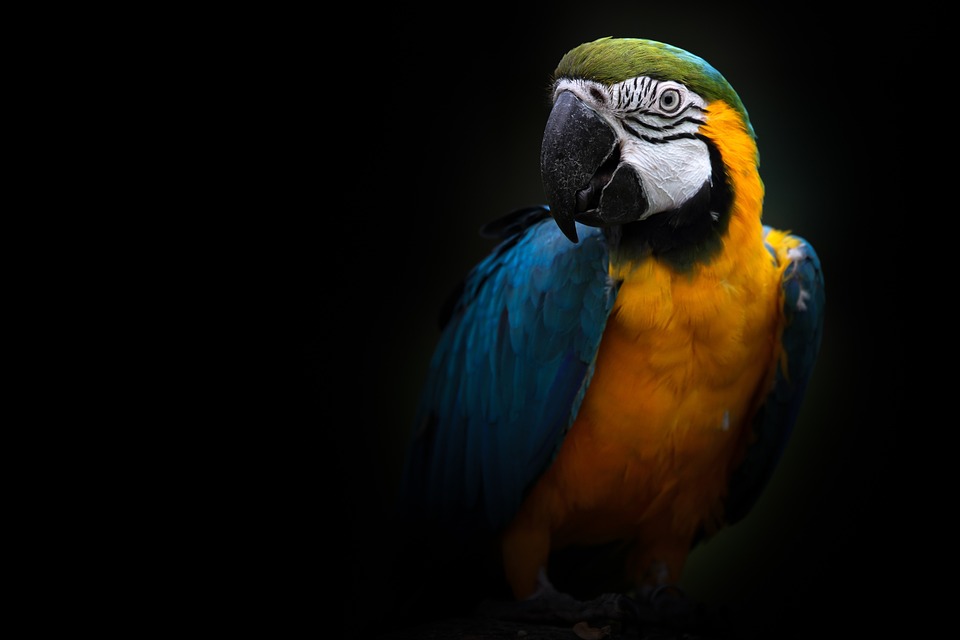Parrots are more than just pretty birds with the ability to talk. Their behavior is complex and fascinating, particularly when it comes to their mimicry abilities. In this article, we will explore the science behind parrot mimicry, the different types of mimicry they exhibit, and how to interpret their behavior and vocalizations. We will also provide tips on training and enriching their environment for optimal behavior. Additionally, we will answer frequently asked questions to help readers gain a comprehensive understanding of these remarkable avian companions.
The Science Behind Parrot Mimicry
Parrot mimicry serves an evolutionary advantage. Mimicking sounds from their environment helps them communicate with other parrots, identify threats, and establish their presence. Vocal learning and brain structure play a significant role in their ability to mimic. Parrots have a specialized vocal learning circuit in their brains, allowing them to imitate human speech and other sounds. Furthermore, their environment and social interactions during their development stages influence the development of their mimicry abilities.
Types of Parrot Mimicry
Parrots exhibit both vocal and behavioral mimicry. Vocal mimicry involves imitating human speech, replicating sounds and noises, and mimicking other animal calls. Some parrots can even mimic household noises such as doorbells and telephones. Behavioral mimicry includes mirror-image behavior, where parrots copy their owner’s actions, and even mimic human actions such as dancing or waving.
Interpreting Parrot Behavior
Understanding parrot behavior requires paying attention to their body language, posture, and vocalizations. Feather position and preening can indicate comfort or stress. Head movements and eye contact are also important cues to consider. Wing flapping and tail feather movements can convey excitement or aggression. Vocalizations such as squawking, chattering, and whistling can indicate various emotions and needs.
Social Interaction and Bonding
Parrots are highly social animals that thrive on social interaction and bonding. Understanding flock dynamics is crucial for their well-being. Recognizing signs of affection and playfulness, such as gentle beak nibbling and regurgitation, is important. Identifying signs of aggression and fear, such as biting and aggressive postures, is equally significant.
Training and Enrichment for Parrot Behavior
Positive reinforcement training is an effective method for shaping parrot behavior. Using treats and praise, as well as clicker training techniques, can help teach basic commands and encourage desired behaviors. Environmental enrichment is also essential for keeping parrots mentally stimulated. Providing stimulating toys, rotating toys and activities, and encouraging foraging behavior can help prevent boredom and destructive behavior.
Frequently Asked Questions (FAQs)
The article addresses common questions about parrot behavior, such as why parrots mimic human speech, whether it is possible to teach them to speak, how to differentiate between playful and aggressive behavior, why parrots engage in destructive behavior, and whether they can mimic sounds from their natural environment.
Conclusion
Understanding parrot behavior, particularly their mimicry abilities, allows us to develop a deeper bond with these intelligent creatures. By understanding the science behind their mimicry, interpreting their body language and vocalizations, and providing proper training and environmental enrichment, we can promote healthy and fulfilling behavior in our feathered companions. Embrace the wonders of parrot behavior and enjoy their captivating mimicry!









